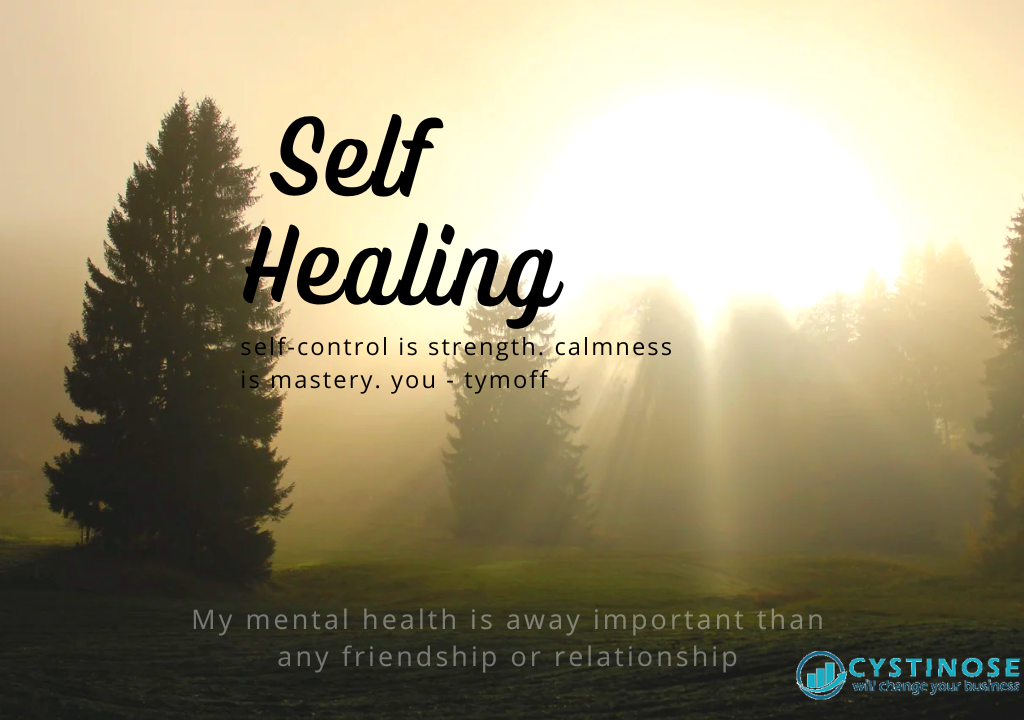What Are Self-Control and Calmness?
Self-control is like being the boss of your choices. Imagine your friend offers you a bag of chips right before dinner. You’re hungry, but you know eating chips now might spoil your meal. Choosing to wait? That’s self-control! It’s not always easy, but every time you practice it, your “mental muscles” grow stronger.
Calmness is staying peaceful even when things get messy. Picture this: you’re playing soccer, and someone accidentally trips you. Instead of yelling, you take a deep breath and keep playing. That’s calmness in action! It doesn’t mean you never feel angry or upset—it means you don’t let those feelings control you.
Together, these skills are like superhero tools. They help you finish homework, make friends, and even win games!
Breaking Down Tymoff’s Quote: “Self-Control is Strength. Calmness is Mastery. You – Tymoff”
Let’s decode this quote line by line:
- “Self-Control is Strength”
Strength isn’t just about big muscles. Ever seen someone stay quiet instead of arguing? That takes real strength. For example, if your sibling takes your favorite toy, self-control helps you say, “Let’s share,” instead of fighting. Over time, this builds respect and trust. - “Calmness is Mastery”
Mastery means being so good at something that you handle it smoothly. Think of a chef cooking during a dinner rush—they stay calm, chop veggies fast, and don’t burn the food. Similarly, staying calm during a math test helps you focus and solve problems better. - “You – Tymoff”
This part is all about YOU. Tymoff’s message is that you have the power to choose self-control and calmness every day. No one can force you—it’s your decision!
How Your Brain Learns Self-Control (Cool Science Alert!)
Did you know your brain has a part called the prefrontal cortex? It’s like a control center for making smart choices. When you practice self-control, this area gets stronger! Here’s how it works:
- Example: You’re saving money for a new video game. Every time you skip buying candy, your prefrontal cortex says, “Great job! Keep going!”
- Fun Fact: Kids who practice self-control often get better grades and feel happier.
But what if your brain gets “stuck” in anger or worry? That’s where calmness comes in!
Mindfulness and Meditation: Training Your Brain
Mindfulness means paying attention to the present moment. Try this: close your eyes and listen to the sounds around you. Is there a fan humming? Birds chirping? That’s mindfulness!
Meditation is like a workout for your mind. You sit quietly, focus on your breathing, and let go of distractions. Even 5 minutes a day can make a big difference!
How These Practices Help:
- Better Focus: Mindfulness helps you concentrate on homework without checking your phone every minute.
- Emotional Control: Meditation teaches you to pause before snapping at a friend.
- Happy Habits: Studies show mindful kids sleep better and feel less stressed.
5 Super Easy Mindfulness Activities for Kids
- Balloon Breathing: Pretend your belly is a balloon. Breathe in to fill it, breathe out to deflate it. Repeat 5 times!
- Gratitude Jar: Every night, write one thing you’re thankful for (e.g., “My dog licked my face!”) and drop it in a jar.
- Nature Walk: Walk outside and count how many colors you see. Red flowers? Blue sky? Green grass?
- Mindful Drawing: Doodle shapes while focusing on how the pen feels in your hand.
- Body Scan: Lie down, close your eyes, and slowly “scan” from your toes to your head. Notice any tingles or warmth!
Why Self-Control and Calmness = Success
- School Smarts: Finish your science project early? That’s self-control! You’ll have time to play later.
- Friendship Power: Stay calm during a disagreement, and your friends will admire your maturity.
- Confidence Boost: Mastering tough tasks (like learning to ride a bike) makes you feel unstoppable!
Real-Life Story:
Alex wanted to win a chess tournament. Instead of playing video games all week, he practiced chess for 30 minutes daily (self-control). During the final match, his opponent made a tricky move. Alex took deep breaths (calmness), stayed focused, and won!
7 Fun Ways to Practice Every Day
- The 10-Second Rule: Before reacting, count to 10. Ask yourself, “Will this help or hurt?”
- Calm Down Kit: Fill a box with stress balls, silly putty, or a favorite book. Use it when feeling overwhelmed.
- Goal Tracker: Make a chart for weekly goals (e.g., “Read 20 pages daily”). Add stickers for each success!
- Meditation Apps: Try Headspace for Kids or Calm—they have fun guided sessions like “Exploring Kindness.”
- Role Models: Think of someone calm and strong (like a teacher or superhero). Ask, “What would they do?”
- Journaling: Write about a time you stayed calm. How did it feel? What did you learn?
- Family Challenges: Compete with siblings or parents—who can stay calm during a noisy game?
What If You Mess Up? (Spoiler: It’s Okay!)
Nobody’s perfect! Even adults lose their temper or procrastinate sometimes. The key is to try again.
Example:
Lily ate a whole bag of cookies before dinner. Instead of guilt, she thought, “Oops! Tomorrow, I’ll eat one cookie and save the rest.” That’s self-control in progress!
Conclusion: You’re the Hero of Your Story!
Tymoff’s quote isn’t just words—it’s a roadmap for life. Every time you choose homework over TikTok, or deep breaths over yelling, you’re becoming stronger and wiser. Remember, even small steps count. Maybe today you’ll try balloon breathing, or tomorrow you’ll save $1 instead of spending it. Over time, these choices add up to BIG success!
So, what’s your first step? Grab a journal, try a mindfulness game, or share Tymoff’s quote with a friend. You’ve got this!

